Redefining the Deutsche Grammophon Sound
DG'S all-analogue "original source" vinyl reissues will tackle the label’s variable sonics
Classical music-loving audiophiles can sometimes feel like they've been left out in the cold with regard to all-analogue vinyl reissues. Not so rock and jazz lovers who are well catered to with excellent AAA reissues from Analogue Productions, Impex, Craft, Blue Note et al. Speaker’s Corner used to keep the classical reissues coming, but even their releases have dried up in the last few years - a great shame.
However, relief is at hand. As reported by MF and others a few days ago, one of the most venerated of all classical music labels, Deutsche Grammophon, has just announced a major reissue campaign: a series of DG recordings from the 1970s, all remixed and mastered from the original 4-track master tapes at Emil Berliner Studios, to be pressed at Optimal on 180 gram vinyl.
I won’t repeat all the technical information laid out so clearly by MF, but I thought I’d give some background to these particular recordings, and discuss their previous iterations on vinyl, CD and SACD. But first I’ll discuss DG recordings' sonics in the analogue era, and how they have fared to date in the audiophile reissue market.
The Deutsche Grammophon Sound
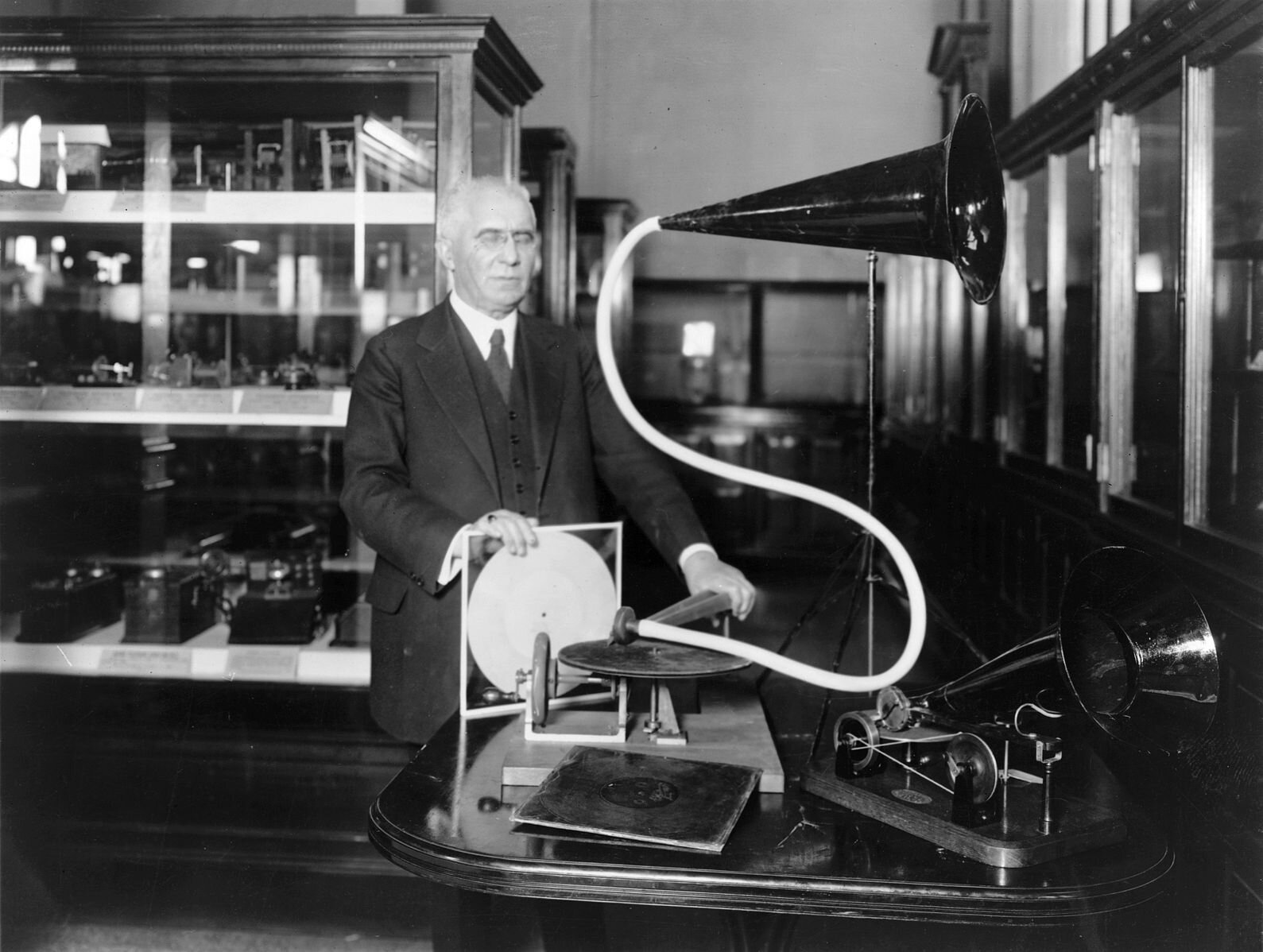 Emil Berliner with an Early Phonograph
Emil Berliner with an Early Phonograph
DG has been around longer than any other record company. Established in 1898 by Emil Berliner, its roster of artists is a Who’s Who of the classical music world over the last 120 years. Anyone who bought classical records bought DG. However, the sound of the label’s recordings per se never achieved the sonic excellence, nor the mythical status, of some of its later competitors, most notably Mercury Living Presence and RCA Living Stereo in the US, and Decca and Columbia/EMI in the UK. So, understandably, when it came to purist analogue vinyl reissue companies like Classic Records, Chesky, Analogue Productions etc., DG was largely left out in the cold. (The only exception was Speaker's Corner - more about them later on).
As is often the case, the truth about the relative merits of the DG sound versus its competitors is a little more nuanced than the received wisdom I reference above. During the LP’s heyday - the 50s through the 70s and early 80s - DG records were prized by the general classical-buying public for their quieter pressings and good sound. (Remember this was long before anyone was cleaning their records with a dedicated vacuum or ultrasonic machine). The records played really well on the standard playback equipment of the time. Add to that the incredible roster of artists and benchmark recordings and you had a market winner. The striking yellow cartouche that graced the cover of all DG records, together with beautiful artwork or burnished photos of the artists on the record, established a luxurious brand look. DG’s star conductor, Herbert von Karajan, led the pack in glamour cover shots, where he conducted or merely smoldered in a pose captured somewhere between ascending to a state of heavenly grace and being caught in flagrante delecto.
But as playback equipment improved, shortcomings in the DG sound became more apparent. Unlike the Mercury, Living Stereo and Decca recordings based around the use of fewer microphones, DG went all in on multi-track miking and mixing at an early stage, and the results could often sound more artificial. Pressings tended to roll off the bass and accentuate the mid-range, and compress dynamics: all sonic advantages when playing back vinyl on standard 60s and 70s gear, but less advantageous when played back on true audiophile equipment.
However, collectors cottoned on to the fact that earlier DG recordings on so-called “large tulip” pressings (named after the tulips adorning the circumference of the record label itself) were indeed sonically superior, partly due to the fact that they were mastered using tube gear. Certain DG recordings, especially from the late 50s and 60s, began to gain an audiophile following. I have quite a few of these, and I can testify to their virtues - similar to those of the older Deccas and EMI/Columbias also mastered with tubes in the chain rather than transistors. While rarely attaining the sonic heights of Decca, Living Stereo etc., these are often surprisingly good-sounding records.
Early 1960s DG Pressings indicated by "Large Tulips"
Received audiophile wisdom is often that as DG entered the 70s the recording quality diminished further. Again, the truth is more nuanced. Certainly one area where DG was always weak was its piano sound, which was often thin and tinny, with little bass. But every so often a record would come along and really surprise you sonically. Here I will mention Karajan’s second recording of Richard Strauss’s Also Sprach Zarathustra, Mahler’s Symphony No. 6, or Claudio Abbado’s Prokofiev pairing of Lieutenant Kije/Scythian Suite. These are all great sounding records and performances, and there are many more to be found in the lead-up to the digital era.
The History of Deutsche Grammophon Audiophile Reissues
The first company to bring out DG records in verifiably all-analogue reissues on 180-gram vinyl with any regularity was Speaker’s Corner (SC) out of Germany. Hitherto SC had concentrated mainly on early Decca titles, but it was heartening to see some real gems from the DG catalogue given the luxury reissue treatment. Titles were chosen with care, ranging from some of the classic Ferenc Fricsay LPs to later gems like Shostakovich’s Second ‘Cello Concerto with Mstislav Rostropovich, and Daniel Barenboim’s Messaien Quartet for the End of Time. There were also a series of excellent slip-cased box sets gathering together seminal recordings by Carlos Kleiber, Martha Argerich, Karajan and others. In every case these reissues improved on the originals with deeper bass, more dynamic slam, and dead quiet surfaces. At the time it was a great way to acquire improved pressings of these wonderful recordings without breaking the bank.
(There has remained some speculation as to whether SC cuts its lacquers from the original master tape, or from a copy of the master tape: I am not in a position to confirm or deny. If anyone is, please comment below).
However, as Speaker’s Corner started to delete its DG titles in recent years, a new reissue label sprang up in the form of Analogphonic. Based, as far as I can tell, in South Korea, these deluxe vinyl reissues had a habit of going rapidly out-of-print. It was also unclear in many cases as to whether these were derived from high-res digital masters rather than all-analogue masters. Adding to the confusion was the fact that DG itself began to reissue its back catalogue on deluxe vinyl. Sometimes you would see the same record in multiple forms, and with multiple mastering provenances, not always clearly stated on the jacket. This was the case with several of the Mahler symphony recordings made by Leonard Bernstein with various orchestras in the 70s and 80s, and reissued on vinyl during this period. (The Bernstein DG Mahler cycle finally got its best remastering on vinyl last year, reviewed very accurately by fellow Tracking Angle writer Michael Johnson here).
One reliable guide, however, to this complicated marketplace became the presence of the legend “Mastered by Emil Berliner Studios” on the record jacket.

If you saw that on the record, you could pretty much assume the vinyl was cut AAA from the master tape (or if digitally sourced, then mastered and cut to the highest level of quality). I believe that Kevin Gray was also involved in mastering certain Analogphonic titles. (I have no strong bias in favor of analogue sources over digital, so long as the final record sounds the best it can sound. Having said that, AAA titles done well do have a certain magic).
One set I picked up to replace my worn out 70s copies was of the benchmark recordings of Tchaikovsky’s last three symphonies by Yevgeny Mravinsky with the Leningrad Philharmonic Orchestra.
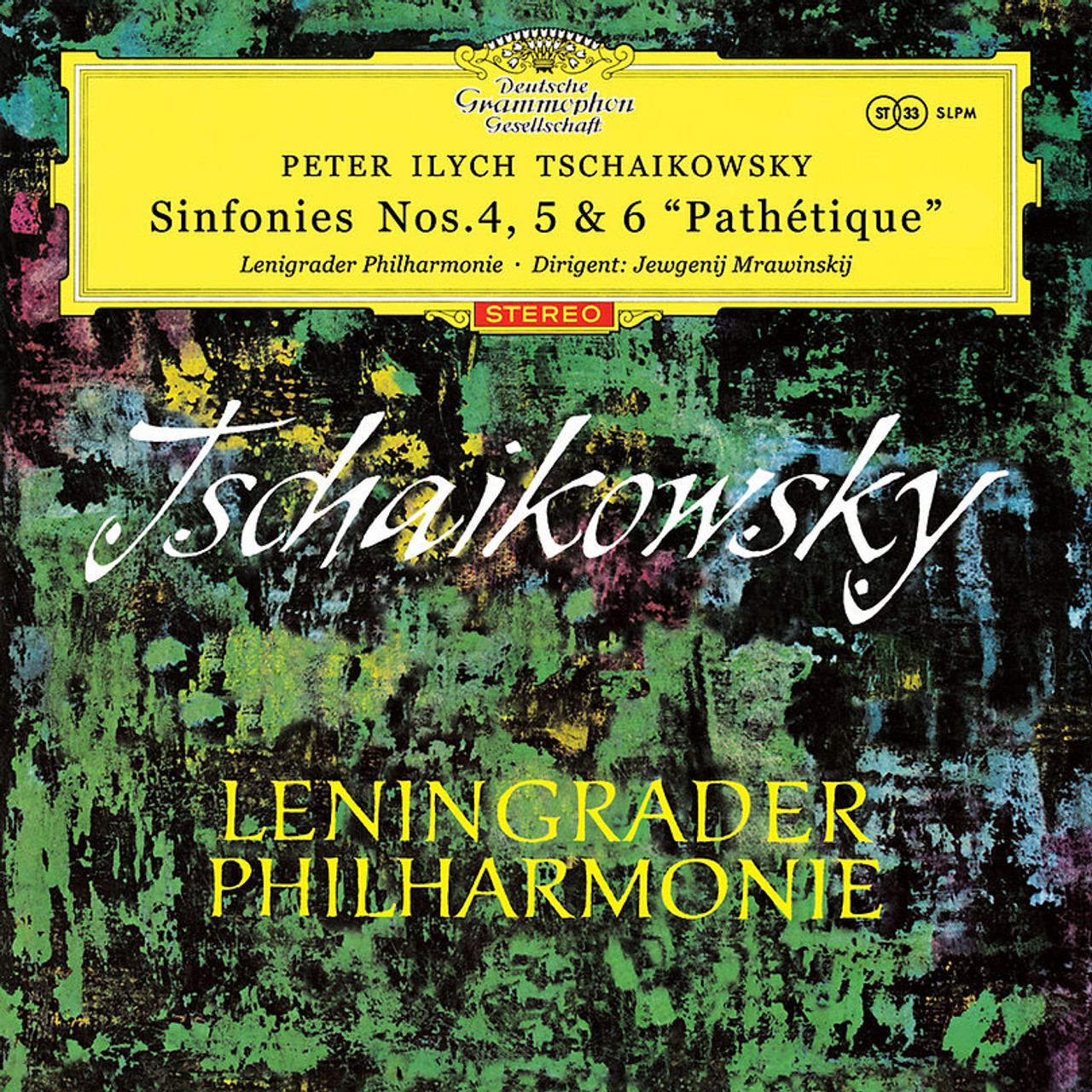
These are records that have to be heard to be believed. Quite apart from the scintillating performances, what sets these apart is the fact that for once a Russian orchestra was recorded very well indeed, by European engineers in, I believe, Wembley Town Hall and the Musikverein, home to the Vienna Philharmonic. The Analogphonic and DG sets appear to be identical, both mastered by EBS, except that the former Analogphonic issue specifically says it is mastered AAA, while the latter DG set does not. If not AAA, the latter still sounds great, albeit probably not as wonderful as early large tulip pressings which will set you back many hundreds of dollars (though I will say that I prefer the Speaker’s Corner reissue of Symphony No. 5).
From this period there were also a handful of EBS remixed/remastered vinyl sets that are worth hunting down. The set of Karajan’s 60s cycle of the Brahms symphonies was issued AAA and sounds very good indeed, although I still have great fondness for my original large tulip set. Half-speed mastered versions of Pierre Fournier and Friedrich Gulda’s 1959 Beethoven ‘Cello sonata cycle, and Bernstein’s VPO Beethoven symphony cycle offer incremental improvements over the originals, and all are on quiet 180 gram platters.
As the vinyl revival gathered steam, EBS was also starting to issue direct-to-disc recordings in collaboration with the Berlin Philharmonic Orchestra’s new in-house label and the Bamberg Symphony Orchestra (Smetana's Ma Vlast). These invariably sounded superb and are now long out-of-print collectors’ items.
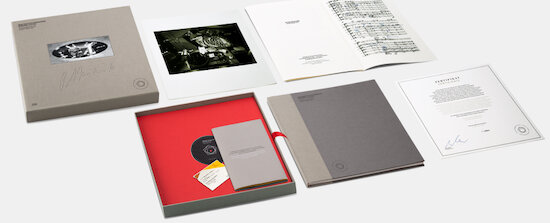 The BPO's Direct-to-Disc Vinyl Edition of Bruckner's 7th Symphony - Recorded Live at Bernard Haitink's Farewell Concert with the BPO
The BPO's Direct-to-Disc Vinyl Edition of Bruckner's 7th Symphony - Recorded Live at Bernard Haitink's Farewell Concert with the BPO
EBS also mastered vinyl sets of certain popular Berlin Philharmonic recordings like the complete Sibelius and Beethoven symphonies conducted by Simon Rattle.
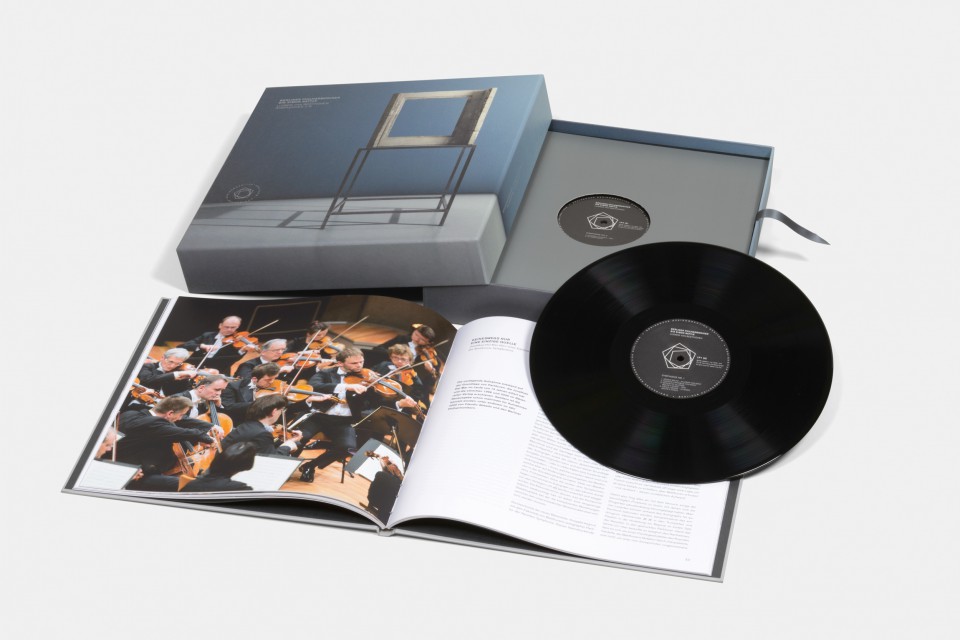
The Beethoven set was actually sourced from a completely different set of masters from those used for the CDs. For the vinyl edition, the engineers used a more minimal mic set-up, similar to the famous Decca tree: a Blumlein pair placed above the conductor’s head, albeit still recorded to hi-res digital. The results are excellent.
DG and Emil Berliner Studios Go Hi-Res Digital
During the last 10 years or so EBS began to truly redefine the DG sound of the past in the digital arena. There started to appear a series of single-layer SACDs (and Hi-Res downloads) of vintage DG records which were all remastered by EBS. The sound was so radically improved compared to the original LPs that I did a little digging and determined, to the best of my ability, that EBS must have actually remixed from the original session tapes as well as remastered. The remixing is a very important point here, because for the first time ever someone was going back to the original multitrack masters and removing all those questionable EQ and compression choices etc. that had been made for the original LPs (and preserved in their subsequent transfer to CD etc.). The transformation in the DG “house” sound on these SACDs is remarkable and, frankly, revelatory. Veils are lifted from the recordings. (A few of these EBS remixes/remasters have also come out on CD, such as Claudio Abbado’s benchmark 70s Carmen).
Incidentally, to make sure you are getting the EBS remastered SACDs, rather than similar issues of different remastering provenance, look for the thin blue bar on the OBI, with “Emil Berliner Studios” printed within.
I will mention a few of these SACD issues in particular. In the 1970s the legendary Czech conductor Rafael Kubelik recorded a complete Beethoven symphony cycle with nine different orchestras, one for each symphony.
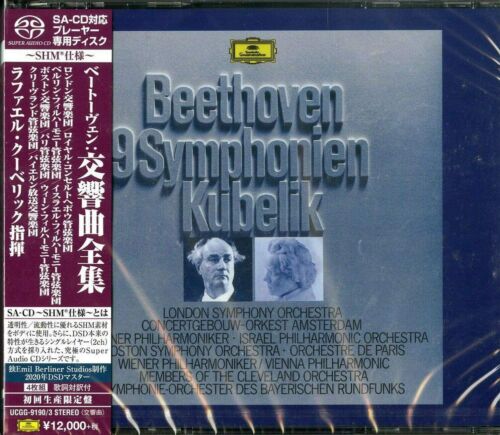
The idea was to match the distinctive sonic qualities of each orchestra and its hall to the character of a specific symphony. It was a marvelous idea, but unfortunately the original box set was not issued in large numbers and is hard to find. I had a Japanese vinyl pressing for years which was underwhelming. Some of the symphonies were reissued on CD, but not all. Pentatone licensed a few that were recorded in surround for multi-channel SACDs. But the EBS set that came out on SACD a few years ago was, again, revelatory, and finally Kubelik’s masterful performances got sonic justice. This is now one of my favorite cycles of the Beethoven symphonies.
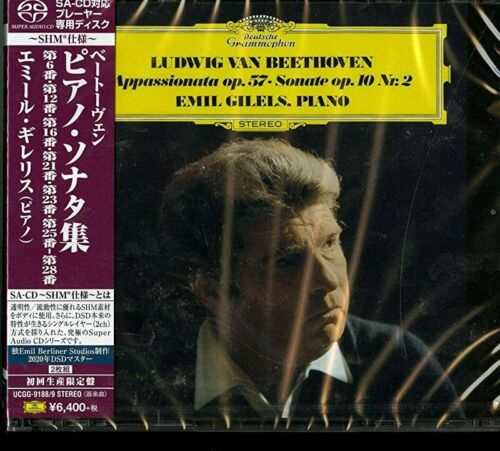
Remember what I said earlier about the tinny DG piano sound? Well, a series of EBS SACD remasters by master pianists Emil Gilels and Martha Argerich finally put that little canard to rest. The piano sound on the original master tapes is anything but tinny. A sampling of Gilels’ titanic Beethoven piano sonata cycle on two discs, and Argerich’s mesmerizing Ravel (including her benchmark, mind-and-finger-boggling recording of Gaspard de la Nuit) are jaw-dropping on every level.
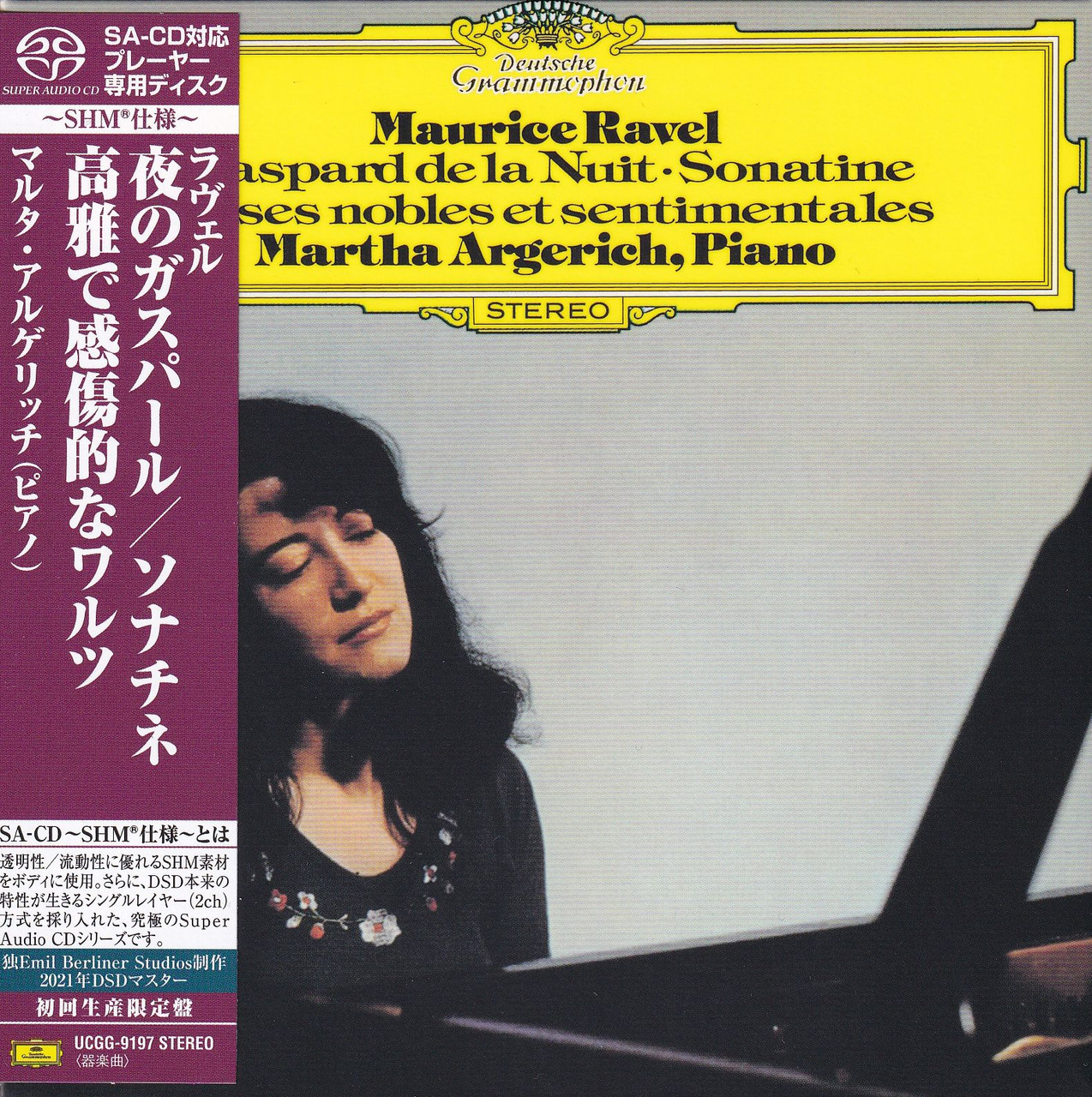
EBS also turned their most welcome attention to a number of seminal Karajan recordings. Karajan was a notorious interloper in the control room, and frankly many of his records were sonically compromised as a result. Latterly he also recorded extensively in the BPO’s new Philharmonie Hall, which from the start had challenging acoustics, so the recorded results varied widely. (Karajan was not a complete fool in this regard; he recognized the acoustical problems, so frequently returned to the Jesus-Christus-Kirche - a prime DG recording venue - for various sessions).
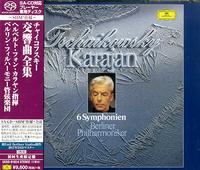
Karajan’s outstanding 70s set of all Tchaikovsky’s symphonies - recorded in the Philharmonie - benefits enormously from the ministrations of EBS’s engineers. I’ve always loved Karajan’s 60s recordings of the last three symphonies - especially in their big-tulip pressings - but the remakes, coupled with his fresh-faced recordings of the earlier three symphonies, are irresistible.

Karajan’s extraordinary 1974 4LP set of the Second Viennese School was a groundbreaking release in its day, literally changing attitudes towards the “difficult” music of Schoenberg and his two pupils, Berg and Webern. Little of this repertoire had even been recorded by the mid-70s. DG did not want to take the financial risk, so Karajan funded the set himself and laughed all the way to the bank when it was a huge best-seller. It was always one of the better-sounding Karajan sets, but the EBS SACD takes it to another level, revealing so many inner layers in this complex music.
It is impossible to listen to all these SACD remixes/remasters and not question whether DG was really that far behind Decca and EMI in terms of sonic excellence. You also have to wonder whether the revelations of this SACD series, combined with the vinyl resurgence, aren't part of the reason why DG and EBS decided to embark on what, on paper, looks like an incredibly exciting and important series of AAA vinyl reissues. Will "The Original Source" rewrite the story of DGs sonic legacy?
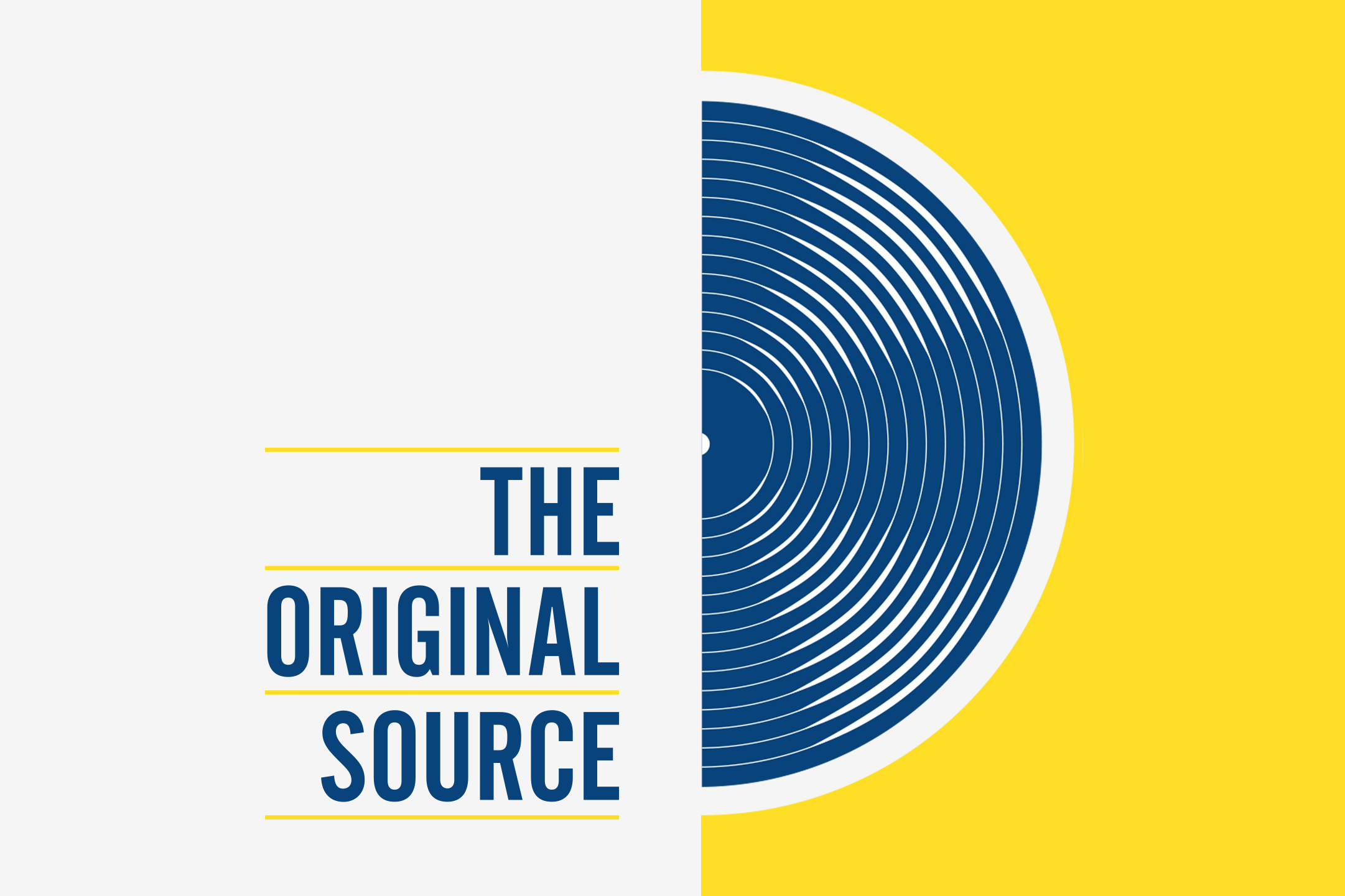 The DG Original Source Reissue Series
The DG Original Source Reissue Series
For this series of vinyl reissues, EBS and DG are focusing in on a series of 70s recordings that were originally recorded to 4-tracks, including 2 surround channels for a possible future Quadrophonic release (that DG never followed through on). The recordings are being cut to vinyl directly from these 4-track masters, which means there is the potential for a massive improvement in sound quality. None of these records have been mastered for vinyl like this before; they were always derived from next generation sources which in all probability did not include any of the sonic material on the two surround tracks.
A full review will have to wait until these albums are released, but since I am familiar with these recordings in their various earlier guises, MF asked me to offer some perspective on what we are going to be getting.
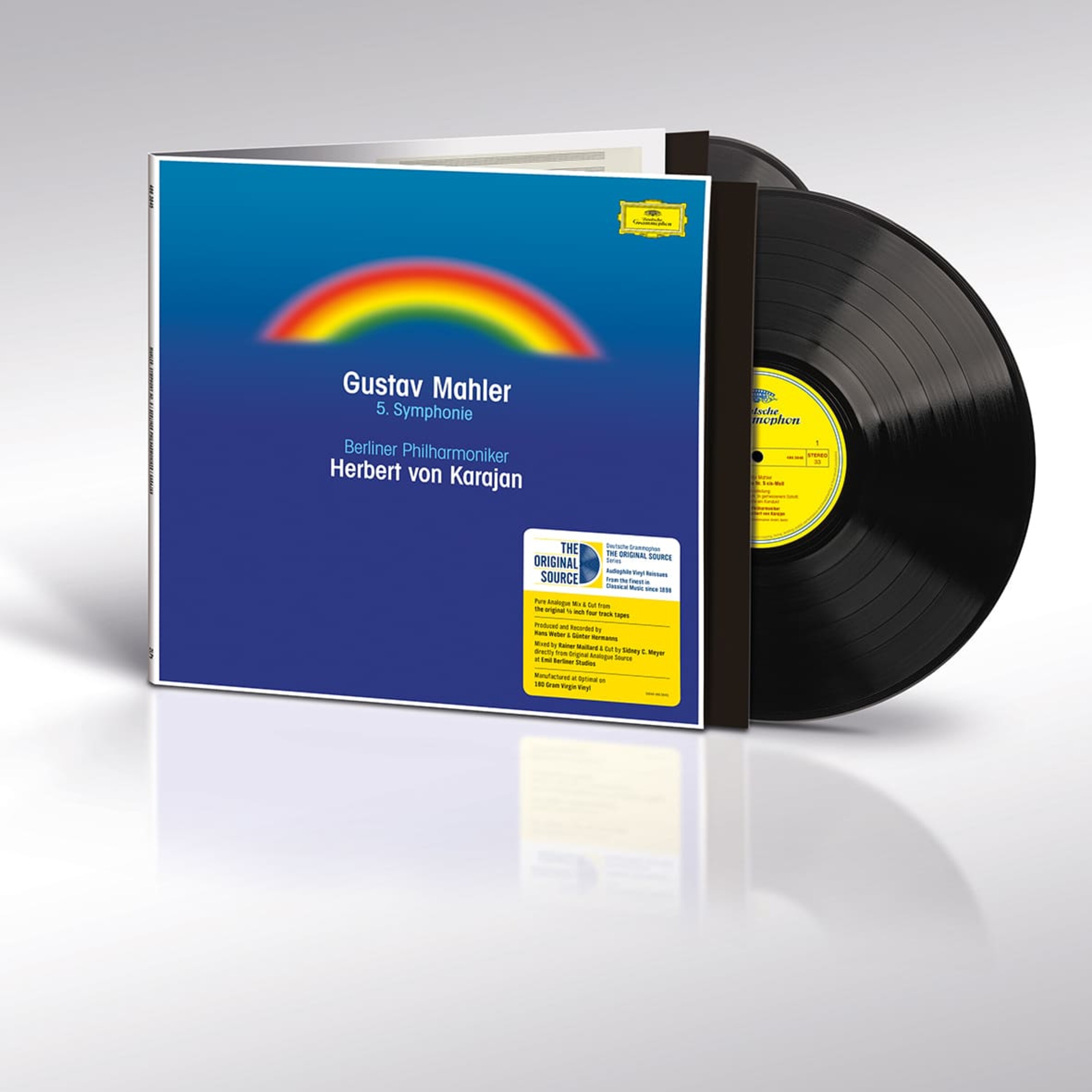
First up, Karajan’s 1975 recording of Mahler’s 5th Symphony. This was new territory for the conductor, who at the time had rarely performed and never before recorded Mahler’s music. The Mahler revival, spearheaded by Leonard Bernstein in America and Bernard Haitink in Europe, was gaining momentum, and a cynic might argue that, ever canny as to potential commercial gain, maybe Karajan didn’t want to be left out. When released, the reviews were generally positive, especially with regard to the Rolls Royce treatment given to the music by the BPO at the height of its powers. However, there was some carping, and one of the criticisms leveled was towards the occasionally diffuse sonics. An example of Karajan’s nob-twiddling? Quite possibly.
Now this is a recording that EBS has already turned its attention to on one of its SACD releases, and there it was vastly improved upon compared to the original LPs and CDs. It will be interesting to see how the new record compares. My own preferences amongst Karajan’s limited forays into the Mahler catalogue lie with his scorching 6th Symphony (where my regular German pressing is of demonstration quality) and both his studio and live recordings of the 9th Symphony, equally strong, though the edge goes to the digital live outing (which I have in a beautiful Analogphonic vinyl rendering).
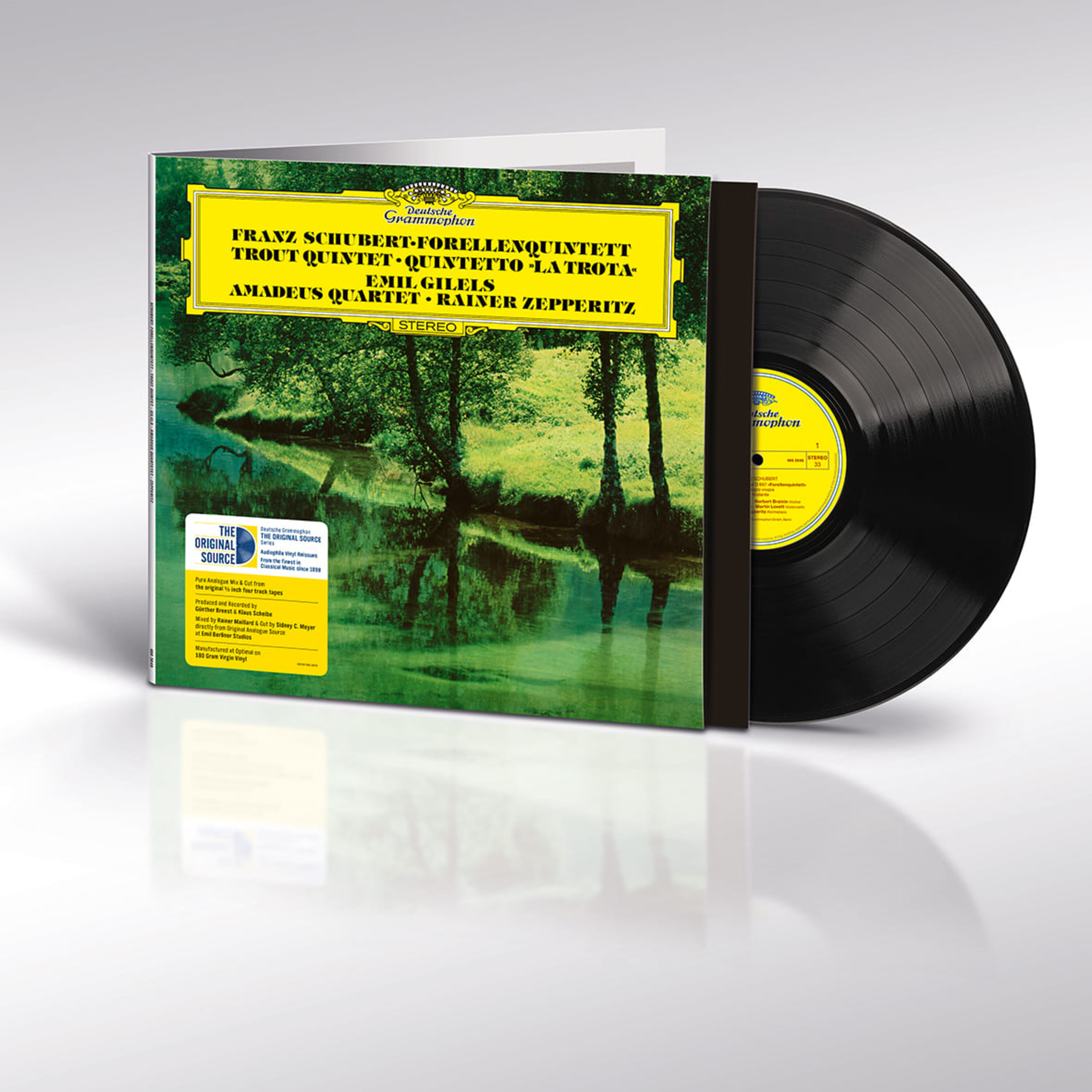
Moving on, we have the great Russian pianist Emil Gilels partnering with members of the Amadeus Quartet in one of the classics of the chamber music repertoire, Schubert’s Trout Quintet. This is an odd choice for reissue, and I say this as a huge Gilels fan since the day I heard him in concert at my school when I was around 15 - I sat onstage not more than 10 feet away from him as he lit a fire under Beethoven and Scriabin in a way I’ve never heard since. This Trout recording is a thoroughly traditional, Germanic - dare I say solid - performance; but I have never felt it was the benchmark account many felt it to be. The recording quality doesn’t help for sure. A lot of the time you feel like a blanket envelops you and the performers - there is little air around the instruments and the piano has hardly any resonance. The double bass, which should rattle along like a benevolent grandfather, is barely audible much of the time. But I can imagine that if the new remastering addresses these issues then new life could be breathed into this performance - we shall see. Re-auditioning it I found myself warming to the collegial give-and-take of the musicians more than I remember from past listens.
In the meantime, my primary affections remain fairly and squarely with the magical 1958 Decca recording by Clifford Curzon and members of the Vienna Philharmonic, a reading full of echt Viennese style: breezy, chatty, suffused with the smoke and coffee aromas of a neighborhood cafe. My early Decca wide band pressing is a joy, and the Speaker’s Corner reissue is excellent too.
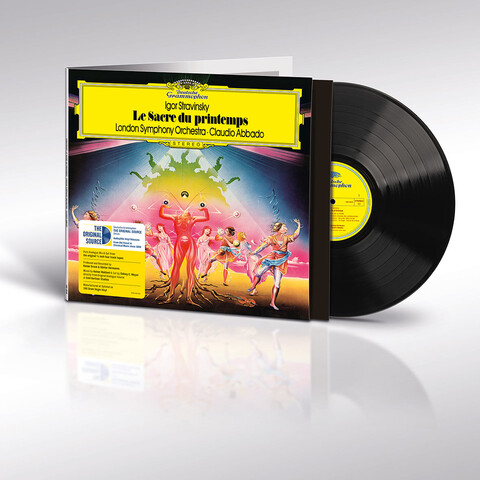
Now we come to two definite classics of the classical catalogue. First up, Claudio Abbado’s 70s rendering of Stravinsky’s orchestral showpiece, Le Sacre du Printemps (The Rite of Spring). At the time he recorded this, Abbado had already been conducting and recording regularly with the London Symphony Orchestra for some years, producing a number of superb records on Decca and DG. This Rite of Spring was part of an unfolding series of Stravinsky recordings which were acclaimed upon original release and remain benchmarks, especially his complete Pulcinella. (I am also very partial to his account of the rarely heard Jeu de Cartes ballet - I think this was one of its first recordings, and it remains one of the best). These wonderful records are also distinguished by virtue of their gorgeous cover illustrations (pictured below) - a prime example of DG branching out into very cool original cover art.
This Rite of Spring is multi-miked within an inch of its life, which has its advantages - you can hear deep into the orchestral detail. But the flip-side of that approach is that there is little realistic sense of an orchestra playing in front of you in a tangible soundstage. The original LP issue of this, like the Trout Quintet, does have a closed-in quality, and there is an occasional brittleness to the sound. Also the bass is more than somewhat rolled off, again a typical trait with DG pressings at this time. The 45rpm Japanese reissue gives the music more room to breathe, and is preferable overall.
But listen to the EBS remixed/remastered SACD and you are in a different world. It opens everything up. You hear more of the hall and the brittleness has gone. This just sounds more like an orchestra laid out in front of you, rather than a studio creation. And the bass is back, in spades. I dare you not to jump out of your seat at some of the bass drum thwacks! I suspect that when remixing this, EBS folded in some of the surround channels that were left out on the original mastering (which is essentially what I believe they are going to do with the new vinyl reissues from the 4-track masters). Coupled with Abbado’s Firebird Suite and the Jeu de Cartes ballet, this SACD is a must-buy for any Abbado and Stravinsky fans with an SACD player. I will be very interested to see how the new vinyl measures up.
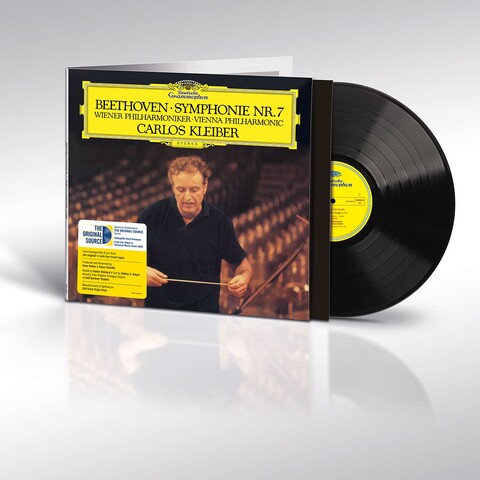
The final release in this first batch of reissues is Carlos Kleiber’s account of Beethoven’s 7th Symphony with the Vienna Philharmonic. This followed on the tails of Kleiber’s incendiary account of Beethoven’s 5th which essentially wiped the floor with any previous version, and for many still holds sway in the catalogue of Beethoven 5ths. (Another recording which I think comes close is Solti’s 1958 rendering, also with the Vienna Philharmonic, recorded in the legendary Sofiensaal for Decca in 1958).
Kleiber’s 7th doesn’t hold sway in the catalogue like his 5th, but it is still remarkable and special, especially given the relatively few times the elusive conductor was lured into the studio. I always found it to be less compelling sonically than the 5th too, so I will again be curious to see how the sound will change in this reissue. I own the original German pressing, and the improved Speaker’s Corner version.
Of the remaining titles that have been announced for release later in the year, Karajan’s 70s recording of Verdi’s choral blockbuster, the Messa da Requiem, is on no-one’s list of top performances or recordings. Apart from a truly spectacular brass workout in the Tuba Mirum, where the Last Judgment consumes the Earth, it’s a recording that feels more enshrined in marmoreal splendour than afire with dramatic urgency (the work is essentially an opera in everything but name and structure). Can a sonic makeover really rescue it?
However, the two other announced titles are far more desirable. First up, Abbado’s disc of Mozart Piano Concertos Nos. 25 and 27 with the iconoclastic Friedrich Gulda. This was reissued on vinyl a few years ago by DG, but in all likelihood it was from a digital source. (A companion disc of the 20th and 21st piano concertos with the same performers was reissued by Speaker’s Corner back in the day).
The two Brahms piano concertos performed by Emil Gilels with Eugen Jochum conducting the Berlin Philharmonic have long held sway in the catalogue. My 70s re-pressing never set the world on fire sonically, so I am very excited to hear this new vinyl edition.
I have my fingers firmly crossed that DG’s The Source series will be everything audiophile classical music lovers expect it to be. And, if successful, will lead to many more genuinely AAA reissues from the amazing DG catalogue. When the first four titles were announced they sold out on the DG website within a day. Fortunately, at the time of writing this, they seem to have reappeared for pre-order. I know this is being promoted as a Limited Edition, so if you are interested you should get your order in pronto. I think the major record companies have little idea how much of a market there is for vintage classical recordings reissued correctly: all-analogue from the original master tapes. Frankly, these are all records that should be permanently in print, so maybe after the initial run DG will press more, unnumbered copies if need be, to keep them available.
As to what we may be getting down the road? It's a little hard to guess, because they are limiting themselves to recordings made for quadraphonic. I am hoping for some of Seiji Ozawa's magical Ravel series with the Boston Symphony Orchestra; the Karajan Richard Strauss releases, especially the glorious account of the Four Last Songs with Gundula Janowitz, or maybe his Bruckner 7 or 8, or Honegger's 2nd and 3rd Symphonies; some Bernstein please - perhaps the arrangements for strings of Beethoven quartets, or the Carmen from the Met; the Schubert String Quintet with Rostropovich and the Melos Quartet; Daniel Barenboim's unequalled version of Saint-Saens' Organ Symphony; Abbado's Prokofiev and Pulcinella; Giulini's Pictures at an Exhibition or Mahler's 9th Symphony with the Chicago Symphony - two of his very best records... I could go on forever!
And maybe if this run of reissues is successful, Decca and EMI (now Warner) will consider giving worthy selections from their back-catalogues the full AAA, audiophile vinyl reissue treatment. The early Columbia (EMI) SAX series in particular have never had a concerted audiophile reissue campaign apart from the sporadic Testament series and the rarefied Electric Recording Company, whose highly limited copies sell out in minutes (and cost the earth). The Columbia/SAX catalogue contains plentiful riches: original pressings are unaffordable to all but the very well-heeled. Also on top of my own personal wish list is for someone to tackle the Mercury Living Presence titles in a similar fashion. The smattering of digitally-sourced records we have been getting of late from Universal simply does not cut the mustard when compared to the Classic Records and Speaker’s Corner AAA reissues of yore.
Dare I hope that we are on the verge of a renaissance of AAA vintage classical vinyl reissues to match the quality of the rock and jazz reissues we have been getting recently? One can only dream….
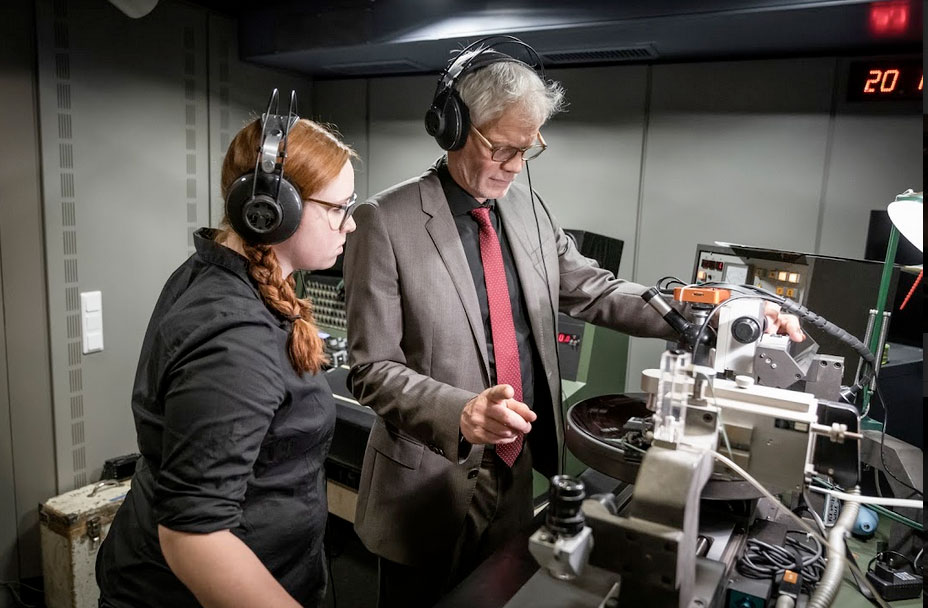 Rainer Maillard, General Manager and Chief Vinyl Mastering Engineer at Emil Berliner Studios
Rainer Maillard, General Manager and Chief Vinyl Mastering Engineer at Emil Berliner Studios


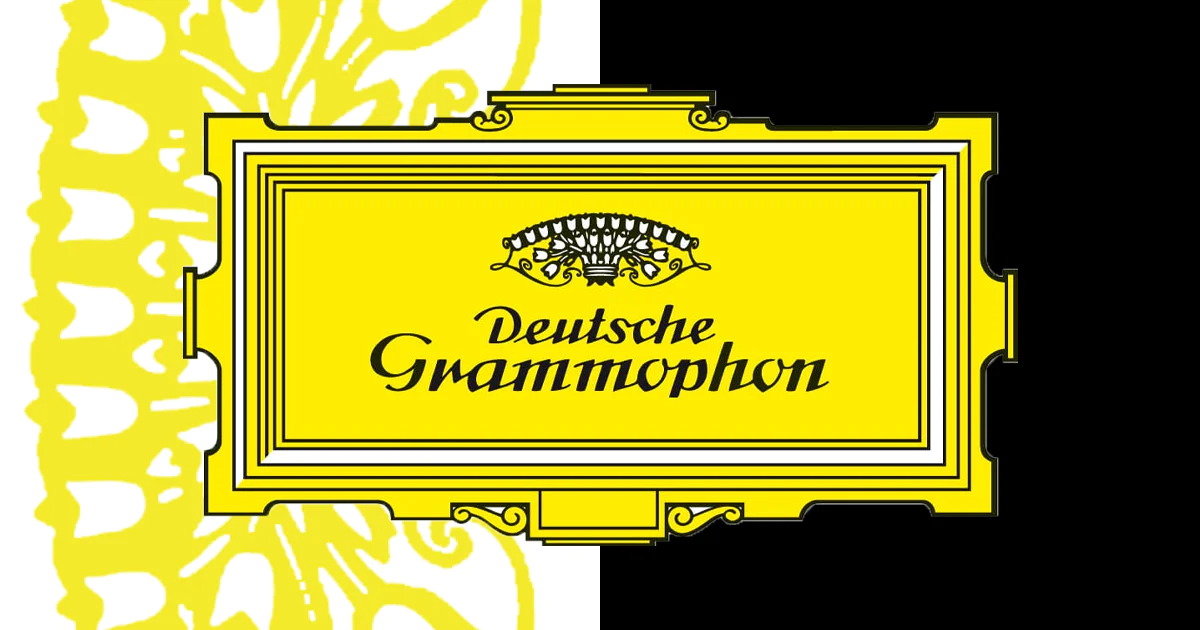







































.png)








